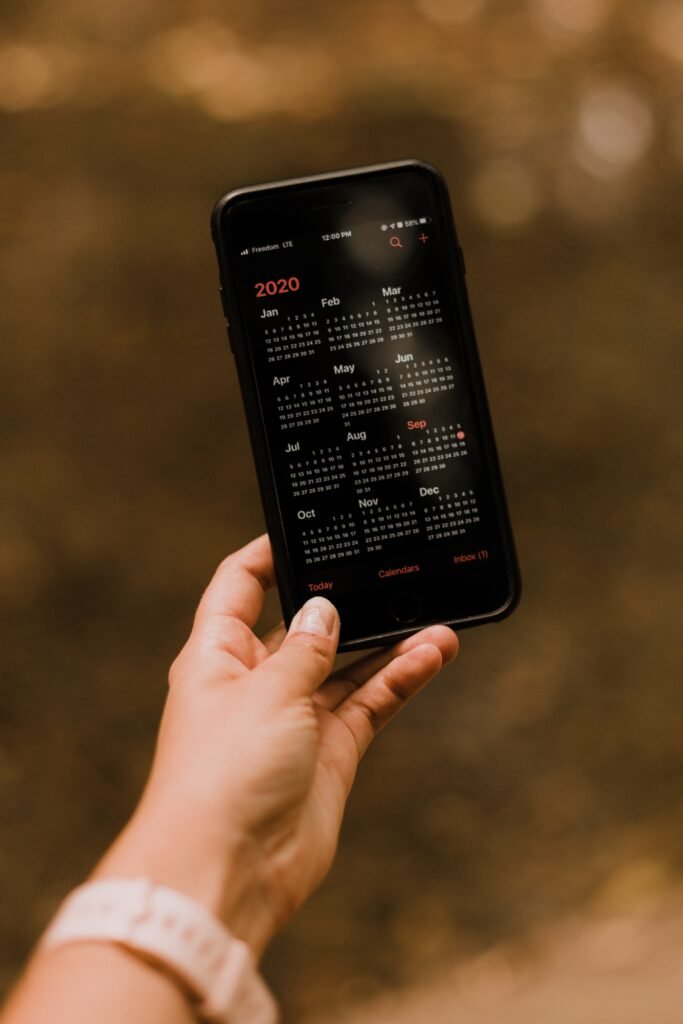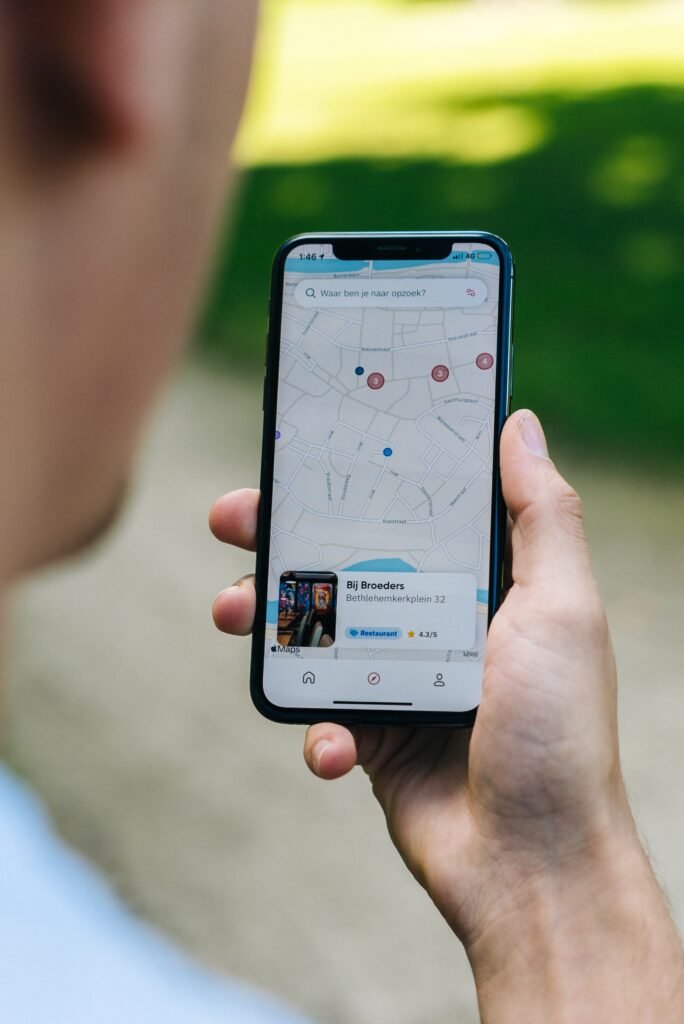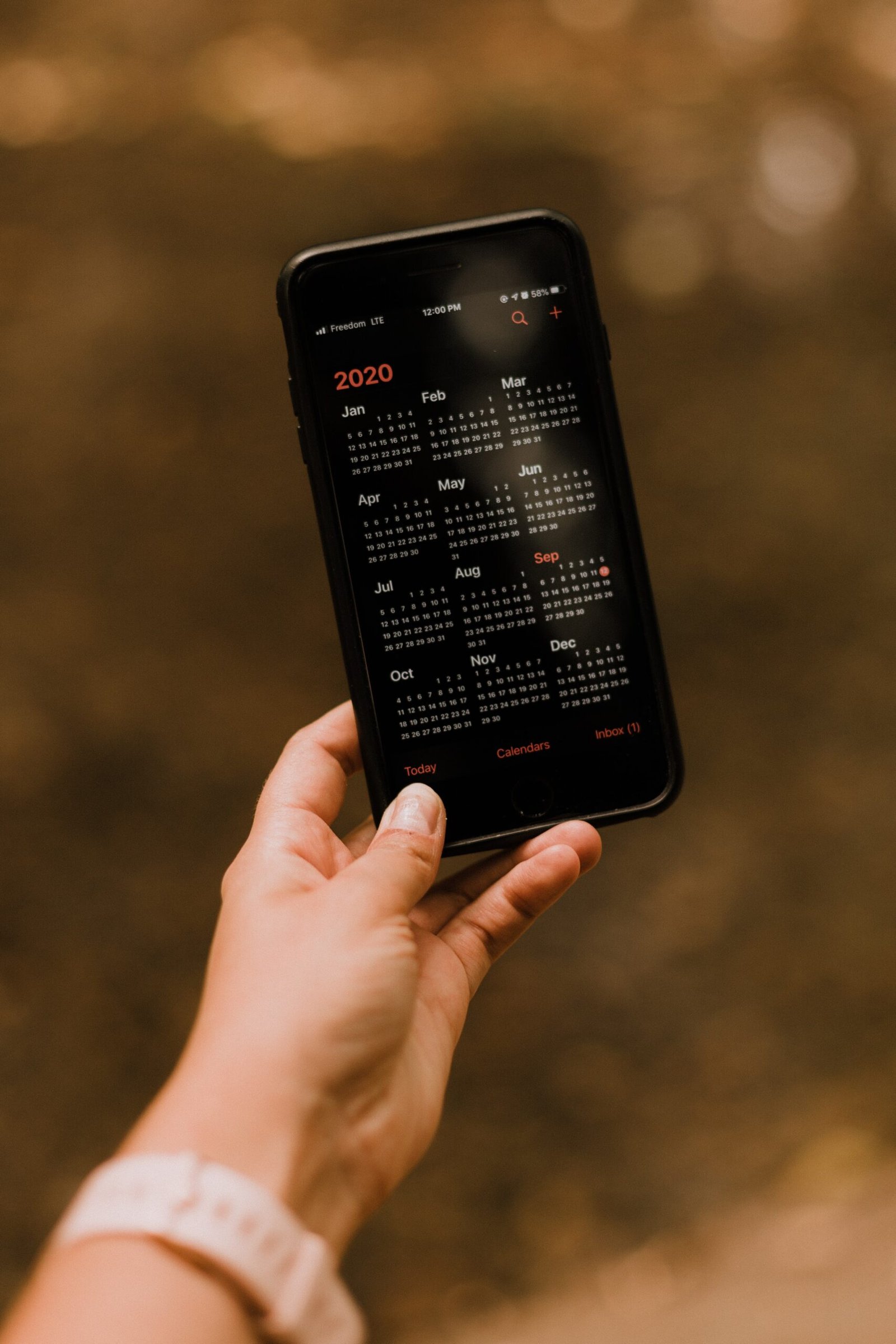Imagine you just captured a fascinating screen recording on your iPhone, only to discover later that there’s no sound accompanying the video. Frustrating, right? But fear not, because in this article, we’ve got you covered! We’ll provide you with simple and effective methods to recover sound from your screen recordings on an iPhone. So whether you’re creating tutorials or capturing memorable moments, follow our step-by-step guide to ensure your screen recordings come to life with sound.

Check the audio settings
When facing issues with sound in your iPhone screen recordings, the first step is to check the audio settings. These settings include the sound being muted, volume level, and microphone settings. Starting with these basic checks can often resolve the problem quickly.
Ensure the sound is not muted
It may seem obvious, but sometimes the sound on your iPhone can accidentally get muted. To ensure the sound is not muted, check the side of your iPhone for the physical mute switch. If the switch is showing orange or red, it means the sound is muted. Simply switch it to the opposite side to enable sound.
Adjust the volume level
If the sound is not muted but still seems too low or non-existent, it’s worth checking the volume level. Press the volume up button on the side of your iPhone to increase the volume. You can also adjust the volume by going to the Control Center and using the volume slider.
Verify the microphone settings
In some cases, the microphone settings may be causing issues with the sound in your screen recordings. Go to the Settings app on your iPhone, then select “Privacy” followed by “Microphone.” Ensure that the app you are using for screen recording has permission to access the microphone. If it is disabled, toggle the switch to enable microphone access for the app.
Update iOS
Updating your iOS software can sometimes fix issues with sound and other system-related problems. It’s always a good idea to keep your iPhone up to date with the latest software updates. Here’s how you can do it:
Check for software updates
Open the Settings app on your iPhone and go to “General.” From there, tap on “Software Update” to check if any updates are available for your device. If updates are available, follow the on-screen instructions to download and install them.
Install the latest iOS version
If there are updates available, proceed with installing the latest version of iOS. Make sure your iPhone is connected to a stable Wi-Fi network and has sufficient battery charge. It is also recommended to back up your iPhone before installing any software updates.

Restart your iPhone
When troubleshooting any issue with your iPhone, restarting the device is often a simple yet effective solution. Restarting your iPhone can help refresh its system, potentially fixing any glitches causing problems with sound in screen recordings. Here are two ways you can restart your iPhone:
Power off and on your device
Press and hold the power button located on the side or top of your iPhone until the power slider appears on the screen. Slide the power slider to the right to turn off your iPhone. Wait for a few seconds, then press and hold the power button again until the Apple logo appears, indicating that your iPhone is powering back on.
Force restart your iPhone
If your iPhone is unresponsive or the regular restart method didn’t work, you can try force restarting it. The steps to force restart an iPhone vary depending on the model you have. You can find the specific instructions for your iPhone model on Apple’s support website. Force restarting can sometimes resolve stubborn sound issues.
Confirm permissions for the recording app
If the sound is still missing in your screen recordings, it is important to ensure that the recording app has the necessary permissions to access your device’s microphone and enable screen recording. Here’s what you need to do:
Manage microphone access
Go to the Settings app on your iPhone and select “Privacy.” Then, tap on “Microphone” and ensure that the toggle switch next to the recording app is enabled. This allows the app to access the microphone and record the audio.
Enable screen recording
Certain recording apps require explicit permission to access screen recording capabilities. In your iPhone’s settings, go to “Control Center” and select “Customize Controls.” Look for “Screen Recording” and make sure it is added to the included controls. This will enable screen recording functionality for the app.

Try different headphones or speakers
If the sound issue persists, it’s worth exploring whether the problem lies with the headphones or speakers you are using. Trying out different audio output devices can help identify if the issue is with the hardware or the iPhone itself. Follow these steps to troubleshoot:
Test with wired headphones
Connect a pair of wired headphones to your iPhone and check if the sound works. If you can hear audio through the headphones, it suggests that the issue might be with the speakers of your iPhone. If the sound still doesn’t come through, the problem could be related to settings or software.
Connect Bluetooth speakers
If you have Bluetooth speakers available, try connecting them to your iPhone and testing the sound. This can help determine if the issue is specific to the internal speakers of your iPhone. Pair the Bluetooth speakers with your iPhone through the Bluetooth settings and play audio to see if it works properly.
Check speaker functionality
To check if the speakers on your iPhone are functioning correctly, play a video or audio file without any headphones or external speakers connected. Increase the volume to the maximum and listen for any sound. If you don’t hear anything, there might be an issue with the speakers that requires further troubleshooting.
Adjust audio settings within the recording app
The screen recording app itself may have specific sound settings that could impact the audio in your recordings. It is worth exploring these settings to ensure everything is configured correctly. Follow these steps to adjust the audio settings:
Check app-specific sound settings
Open the recording app you are using on your iPhone and look for any sound-related settings within the app’s menu. You might find options to adjust the microphone input level, audio bitrate, or audio format. Ensure that these settings are appropriately configured according to your preferences and requirements.
Configure microphone input
If your recording app allows for manual selection of the microphone input, make sure the correct microphone is chosen. Some iPhones have multiple microphones, and selecting the wrong one can result in audio issues. Experiment with different microphone options provided by the app and see if it makes a difference in the sound quality of your screen recordings.
Use a third-party audio editor
In situations where the audio in your screen recording is present but needs enhancement or extraction, using a third-party audio editor can be of great help. These software tools provide advanced features to refine and optimize the sound quality. Here’s how you can utilize a third-party audio editor:
Export the screen recording
First, export the screen recording from your iPhone to your computer. You can use methods like AirDrop, email, or cloud storage services to transfer the screen recording file to your computer.
Import into an audio editing software
Once the screen recording is on your computer, open a reliable audio editing software. Import the screen recording file into the editor to gain access to its audio track. Popular audio editing software options include Adobe Audition, Audacity, and GarageBand.
Extract and enhance the audio track
Within the audio editing software, you can easily extract the audio track from the screen recording file. From there, you can enhance the audio quality by applying filters, adjusting levels, removing background noise, or utilizing other audio editing features provided by the software. Experiment and fine-tune the audio until you achieve the desired result.
Recover from iCloud or iTunes backups
If you have previously backed up your iPhone data to iCloud or iTunes, it is possible to recover sound from screen recordings through these backups. Follow the steps below to proceed with the recovery:
Restore from an iCloud backup
If you have an iCloud backup that contains the desired screen recording with sound, ensure you have a stable internet connection and access to the same Apple ID used for the backup. Go to the Settings app on your iPhone, select “General,” then “Reset.” Choose “Erase All Content and Settings” and follow the on-screen prompts until you reach the “Apps & Data” screen. Select “Restore from iCloud Backup” and sign in to your iCloud account to restore the backup that includes the screen recording.
Recover from an iTunes backup
For iTunes backups, you will need a computer with the latest version of iTunes installed. Connect your iPhone to the computer using a USB cable. Launch iTunes and select your iPhone when it appears in the iTunes interface. Choose “Restore Backup” and select the most recent backup that contains the screen recording with sound. Follow the instructions provided by iTunes to restore the backup onto your iPhone.
Use a data recovery tool
If you don’t have an iCloud or iTunes backup, there is still a chance to recover sound from your screen recording using specialized data recovery software. These tools are designed to scan and retrieve lost or deleted files, including audio files. Here’s what you can do:
Explore data recovery software options
Research and find reputable data recovery software that supports iPhone data recovery. Some popular options include Dr.Fone, iMobie PhoneRescue, and Enigma Recovery. Download and install the software on your computer, following the instructions provided by the software provider.
Connect your iPhone to the computer
Launch the data recovery software and connect your iPhone to the computer using a USB cable. Ensure that the software recognizes your iPhone and displays it as a connected device.
Scan and recover audio files
Start the scanning process within the data recovery software for your iPhone. This process might take some time, depending on the size of your device’s storage and the amount of data it needs to scan. Once the scan is complete, review the results and look for audio files that resemble your screen recording. Select and recover the relevant audio files to your desired location on your computer.
Seek professional assistance
If all else fails and you still can’t recover the sound from your screen recording, it might be time to seek professional assistance. Apple Support and authorized service centers can assist you with resolving hardware or software issues. Here’s what you can do:
Contact Apple Support
Reach out to Apple Support via their customer support channels, which include phone, live chat, or email. Explain the problem you are experiencing with the sound in your screen recording on your iPhone. Apple support representatives will provide guidance and technical assistance to help diagnose and resolve the issue.
Visit an authorized service center
If the problem with your iPhone’s sound persists even after contacting Apple Support, consider visiting an authorized service center. These centers have certified technicians who can thoroughly inspect and repair your iPhone if necessary. They have access to specialized tools and resources that can help troubleshoot and fix hardware-related sound issues in your device.
By following the steps and suggestions outlined in this article, you should have a good chance of recovering sound from your screen recordings on your iPhone. Remember to always check the basic audio settings, update your iOS, and explore different troubleshooting options before seeking professional assistance. With a little persistence, you can hopefully restore the sound you thought was lost forever and enjoy your screen recordings with enhanced audio quality.








